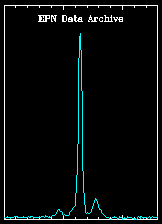

PSR B0329+54
This pulsar is a typical, normal pulsar, rotating with a period of 0.714519 seconds, i.e. close to 1.40 rotations/sec.
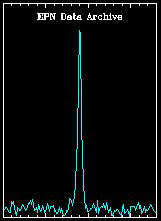

PSR B0833-45, The Vela Pulsar
This pulsar lies near the centre of the Vela supernova remnant, which is the debris of the explosion of a massive star about 10,000 years ago. The pulsar is the collapsed core of this star, rotating with a period of 89 milliseconds or about 11 times a second.
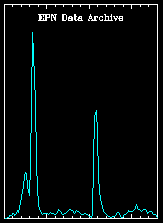

PSR B0531+21, The Crab Pulsar
This is the youngest known pulsar and lies at the centre of the Crab Nebula, the supernova remnant of its birth explosion, which was witnessed by Europeans and Chinese in the year 1054 A.D. as a day-time light in the sky. The pulsar rotates about 30 times a second.
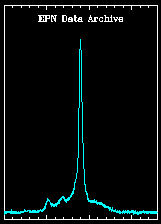

PSR J0437-4715
This is a recently discovered millisecond pulsar, an old pulsar which has been spun up by the accretion of material from a binary companion star as it expands in its red giant phase. The accretion process results in orbital angular momentum of the companion star being converted to rotational angular momentum of the neutron star, which is now rotating about 174 times a second.
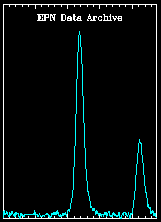

PSR B1937+21
This is the fastest known pulsar, rotating with a period of 0.00155780644887275 seconds, or about 642 times a second. The surface of this star is moving at about 1/7 of the velocity of light and illustrates the enormous gravitational forces which prevent it flying apart due to the immense centrifugal forces.


The Pulsars in 47 Tucanae
This beautiful globular cluster harbours 22 millisecond pulsars with periods between 2 and 8 ms. Many of them have a binary companion. We can estimate that hundreds more of these objects are in the cluster, but they may be too weak to be detected. The first sound file is a sequence of 16 of the known millisecond pulsars followed by them all played together. The second file is a sequence of the pulsar sounds as they sound due to intensity variation caused by scintillation.